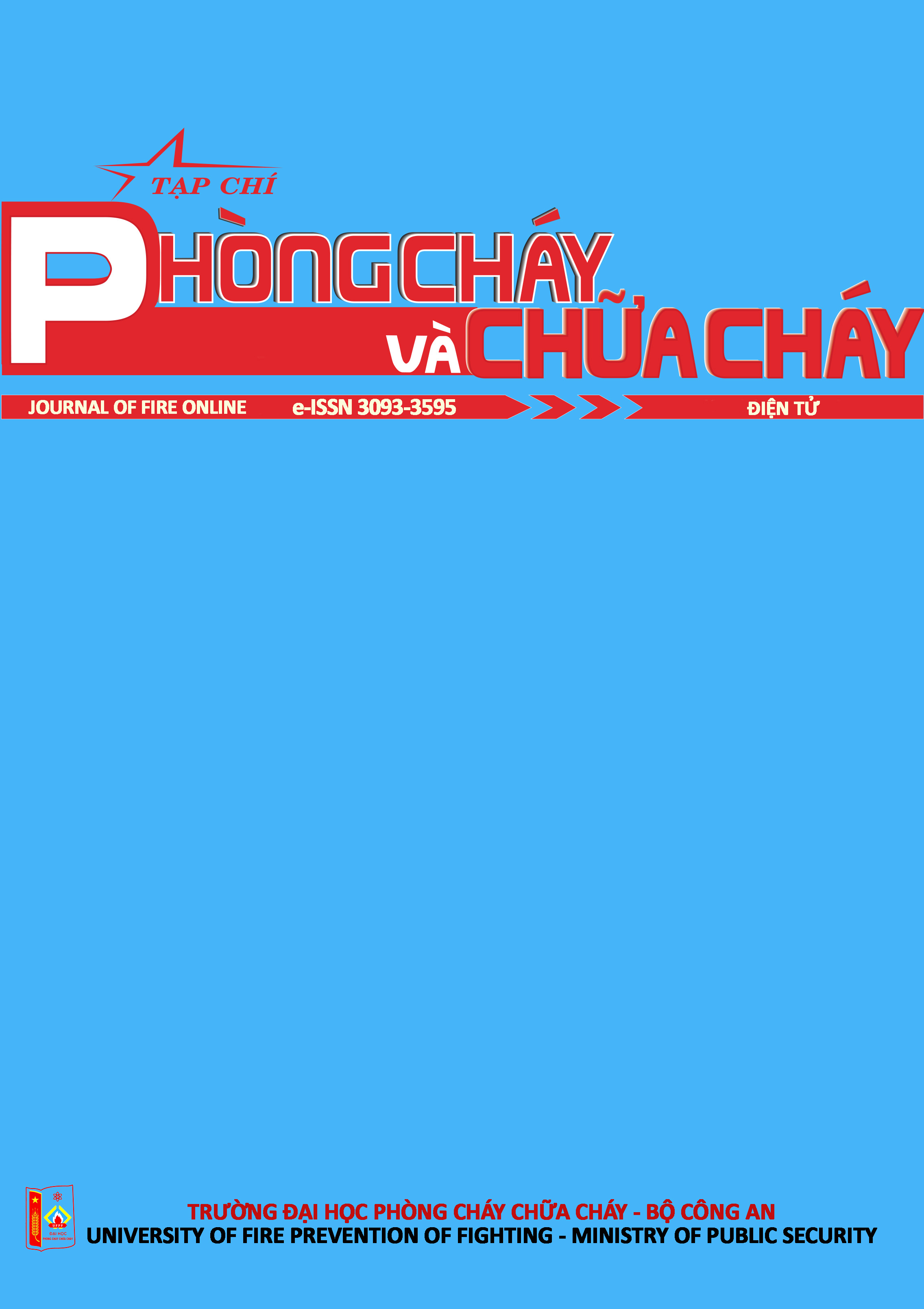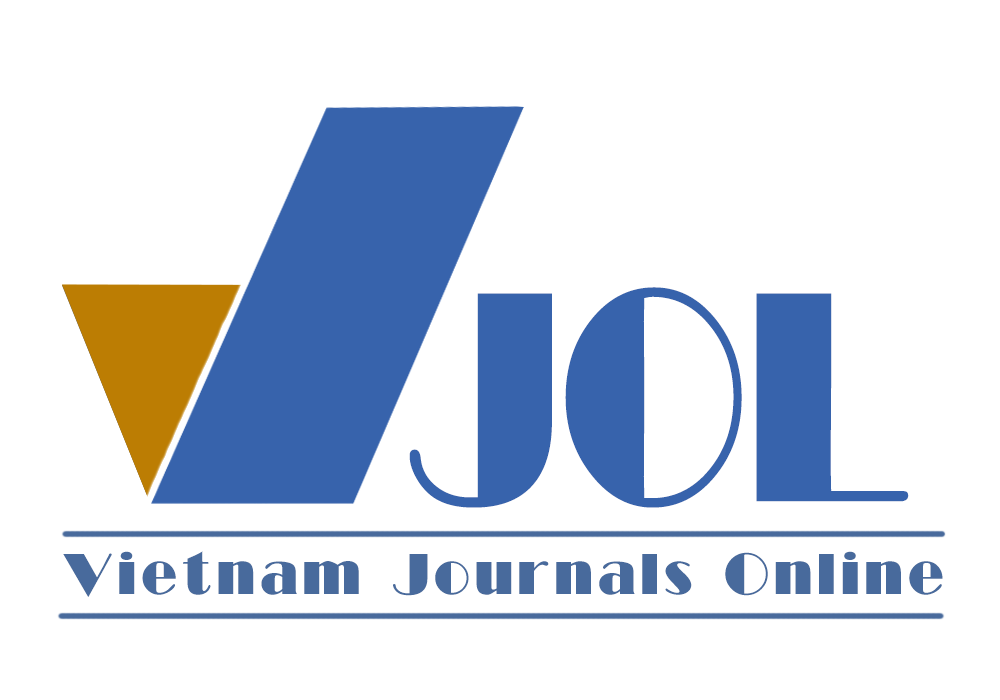NGHIÊN CỨU MỘT SỐ PHƯƠNG PHÁP XÁC ĐỊNH TÍNH TỰ CHÁY CỦA THAN MỎ
INVESTIGATION OF METHODS FOR DETERMINING THE SPONTANEOUS COMBUSTION CHARACTERISTICS OF COAL
Các tệp bổ sung
- Bài viết: PDF
Một trong những nhóm vật liệu có xu hướng tự cháy là than mỏ. Hiện tượng tự cháy của than đã được ghi nhận trong quá trình tiến hành khai thác tại mỏ than Na Dương (Lạng sơn), Khe Bố (Nghệ An), Làng Cẩm (Thái nguyên) …Các vụ cháy này tiềm ẩn nguy cơ gây mất an toàn, khó kiểm soát và ảnh hưởng đến các hoạt động sản xuất của mỏ. Đặc biệt làm tăng chi phí xử lý và giảm hiệu quả sản xuất. Vì lý do này, điều quan trọng là phải đánh giá được tính tự cháy của than mỏ để giảm thiểu quá trình tự cháy của nó. Nội dung bài báo nghiên cứu một số phương pháp xác định tính tự cháy của than.
tự cháy, than mỏ, phương pháp, xác định tính tự cháy
Coal is among the groups of materials prone to spontaneous combustion. This phenomenon has been recorded during mining operations at the Na Duong coal mine (Lạng Sơn), Khe Bo (Nghe An), and Lang Cam (Thai Nguyen), among others. Such fires pose significant risks, are difficult to control, and adversely affect mining operations—particularly by increasing mitigation costs and reducing production efficiency. For this reason, it is essential to assess the spontaneous combustion propensity of coal to minimize its occurrence. Thus, this article aims to examine several methods for determining the spontaneous combustion characteristics of coal.
spontaneous combustion, coal, method, determination of spontaneous combustion
Tài liệu tham khảo
1. Nguyễn Tuấn Anh, Nguyễn Thế Tiến, Nguyễn Tất Thắng, Trần Thị Nhài (2021), Các thành tựu nghiên cứu than tự cháy ở Việt Nam và các giải pháp phòng chống cháy đã thực hiện, Công nghiệp mỏ, số 2, 2021, trang 56-63.
2. Nguyễn Tuấn Anh, Trần Thị Nhài (2017), Xác định tính tự cháy và phân loại mức độ tự cháy của than theo phương pháp Ba Lan, Khoa học Công nghệ mỏ, số 4/2017, trang 28-30.
3. Sensogut, C. (1999), Spontaneous Combustion Related Fire Works, Journal of Engineering Science, 5, 1009-1014.
4. Sabbir Ahamed, Minhaj Uddin Monir, Pradip Kumar Biswas, Anwar Arfien Khan, Investigation the Risk of Spontaneous Combustion in Barapukuria Coal Mine, Dinajpur, Bangladesh, Journal of Geoscience and Environment Protection, 2016, 4, pp.74-79.
5. Trenczek, Centrum Elektryfikacji i Automatyzacji Górnictwa EMAG, Katowice, 50 lat ewolucyjnych zmian w prognozowaniu zagrożenia pożarowego.
6. Nhữ Việt Tuấn, Nguyễn Quang Bình, Nguyễn Trần Thanh, Nghiên cứu đánh giá tính tự cháy của than vỉa 5 mỏ Khe Chuối- Công ty 91- Tổng Công ty Đông Bắc.
7. W.L. Whitehead and I.A. Breger, Vacuum differential thermal analysis, Science 111 (1950), pp. 279–281.
8. S.C. Banerjee and R.N. Chakraborty, Use of DTA in the study of spontaneous combustion of coal, J. Mines, Met. Fuels 15 (1967), pp. 1–5.
9. D.S. Pattanaik, P. Behera, and B. Singh, Spontaneous combustibility characterisation of the Chirimiri coals, Koriya District, Chhatisgarh, India, Int. J. Geosci. 02 (2011), pp. 12.
10. O.P. Mahajan and P.L. Walker Jr., Water adsorption on coals, Fuel 50 (1971), pp. 308–317.
11. N.K. Mohalik, D.C. Panigrahi, V.K. Singh, and R.V.K. Singh, Assessment of spontaneous heating of coal by differential scanning calorimetric technique – an overview, in Coal 2009: Coal Operators’ Conference, N. Aziz, ed., University of Wollongong & the Australasian Institute of Mining and Metallurgy, 2009, pp. 303–310.
12. V.T. Ciuryla and R.F. Weimer, Ambient pressure thermogravimetric characterization of four different coals and their chars, Fuel 58 (1979), pp. 748–754.






